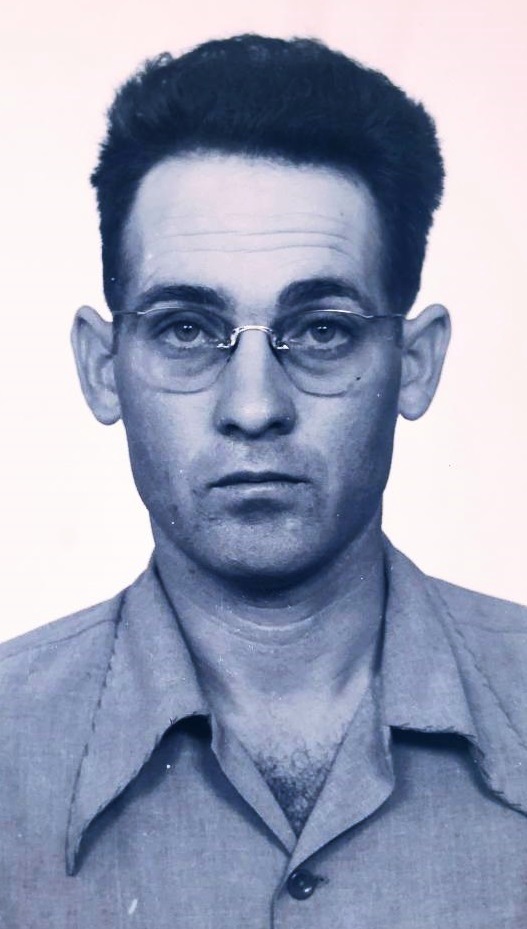

YDSTIE: And the new research over the past few decades also suggests that North America was as populated as Europe. And then if you went further into the Amazon, there were dozens and dozens of chiefdoms culminating in a fairly large state on this gigantic island at the mouth of the Amazon comargo(ph). If it was in Europe, it would have stretched from Stockholm to Cairo and covered every imaginable ecosystem. MANN: Yes, which was probably the largest state then on Earth. YDSTIE: And if you went further down into South America you would run into-on the Pacific Coast, you would run into the Inca empire. It was in the middle of an immense lake called Lake Texcoco with this huge, artificially constructed set of islands there surrounded by boats. The Spaniards who first saw it just couldn't believe their eyes.

YDSTIE: Bigger than either London or Paris.

And then as you went further down, you would have come across what is often called the Aztec empire and maybe better known as the Triple Alliance 'cause it was a group of three people, which was a very aggressive, expansionistic empire that had one of the world's largest cities as its capital, Tenutchtitlan, which is now Mexico City. And then in the Southeast, you would have seen these priestly chiefdoms, which were centered on these large mounds, thousands and thousands of them, which still exist. MANN: From southern Maine down to about the Carolinas, you would have seen pretty much the entire coastline lined with farms, cleared land, interior for many miles and densely populated villages generally rounded with wooden walls. What kind of Indian society was there at the time? And let's start in a very familiar place for Americans, for North Americans, and that is in New England, in the area of the Plymouth Colony. YDSTIE: Let's just quickly paint a picture of what the new evidence suggests that America looked like in 1491, what the Indian cultures looked like. He joins us now from the studios of WFCR in Amherst, Massachusetts. Mann compiled evidence of the sophistication of pre-Columbian America. In his new book titled "1491: New Revelations of the Americas Before Columbus," Charles C. Research of the past few decades suggests, though, that the Americas were home to more people than Europe when Columbus landed and that most lived in complex, highly organized societies. That's what most of us learned in school, along with a few paragraphs about more highly developed cultures in Central and South America. What were the Americas like in 1491, before Columbus landed? Our founding myths suggest the hemisphere was sparsely populated mostly by nomadic tribes living lightly on the land and that the land was, for the most part, a vast wilderness. This is ALL THINGS CONSIDERED from NPR News.


 0 kommentar(er)
0 kommentar(er)
